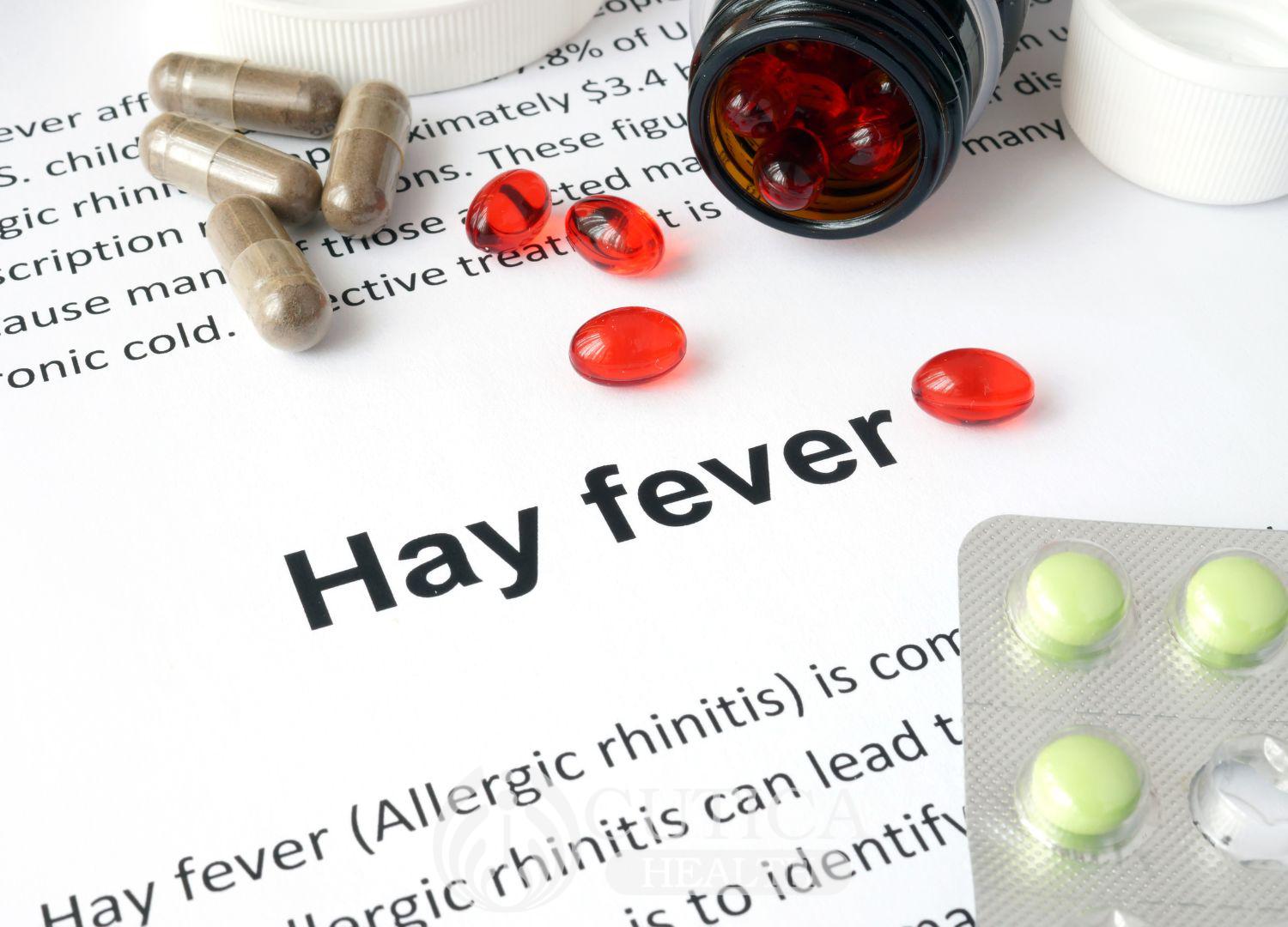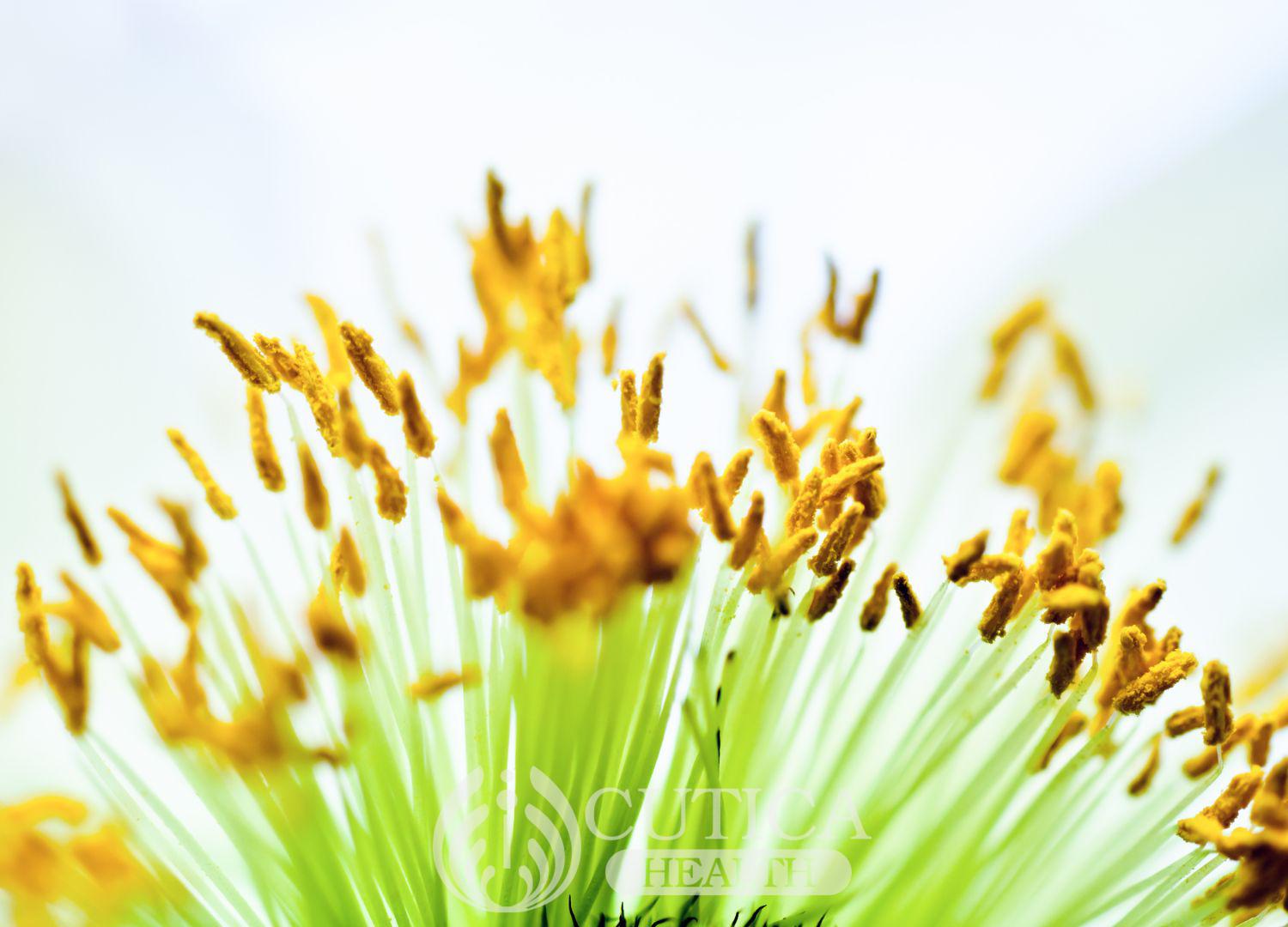
Joy detested the spring, summer, and early fall because with those seasons came frequent sneezing and a runny nose. Other times, she experienced loss of smell, had itchy, puffy, red, and watery eyes, shortness of breath that had her wheezing with a headache, scratchy throat, and a very annoying cough.
She had way more than these symptoms at times and had less on good days.
What is Hay fever?
Also known as seasonal allergic rhinitis, it is an allergic response that causes cold-like symptoms such as nasal congestion, sneezing, sore throat, and wheezing among others.
The condition is referred to as hay fever as it occurs during the ‘haying season’ when the grass is cut to be processed and kept as fodder.

Hay fever is seasonal as it is common during spring, summer, and late fall. These are seasons when the weather is warm, windy, and humid, and when the pollen count is very high. But it doesn’t mean seasonal allergic rhinitis can’t occur anytime during the year.
Pollen is a powdery substance produced by trees, grasses, weeds, and flowers. When inhaled, it can trigger off symptoms of the Hay disease.
Other substances in the environment can also trigger this seasonal allergy.
Causes of Hay fever
Substances that trigger off this seasonal allergy include:
- Pollen
- Dust mites.
- Perfumes, hairsprays, and colognes.
- Cigarette and wood smoke.
- Fungi or mold.
- Pet fur.
- Saliva from pets, especially cats.
- Cold, humid, and windy temperatures.

Symptoms of Hay fever
There are numerous symptoms observed in people with Hay fever, and unlike the name would have you think, fever is not part of it. These symptoms include:
- Cough
- Fullness and pain in the ear
- Watery, puffy, and red itchy eyes
- Stuffy, runny nose
- Itchiness of the nose, throat, and roof of the mouth
- Sneezing
- Excess fatigue
- Wheezing, chest tightness, and shortness of breath (in individuals with asthma)

Headache and pain in the face
- Loss of smell
- Feeling of pressure in the head
- Feeling of mucus moving down the throat (Post-nasal drip)
- Sore or scratchy throat
- Dark circles under the eyes
- Hives: A common skin rash
Treatment of Hay Fever
Treating hay fever involves symptomatic relief and tackling the allergen. Helpful tips include:
- Antihistamines to lower your symptoms
- Use of nasal decongestants
- Use a dehumidifier to help control the allergies while indoors.

Your doctor may also prescribe other allergy medications and, rarely, immune therapy. However, the mainstay of treatment is to identify and avoid the triggers. This may require making drastic changes to your environment, such as disposing of your rugs or avoiding pets and other furry animals.












